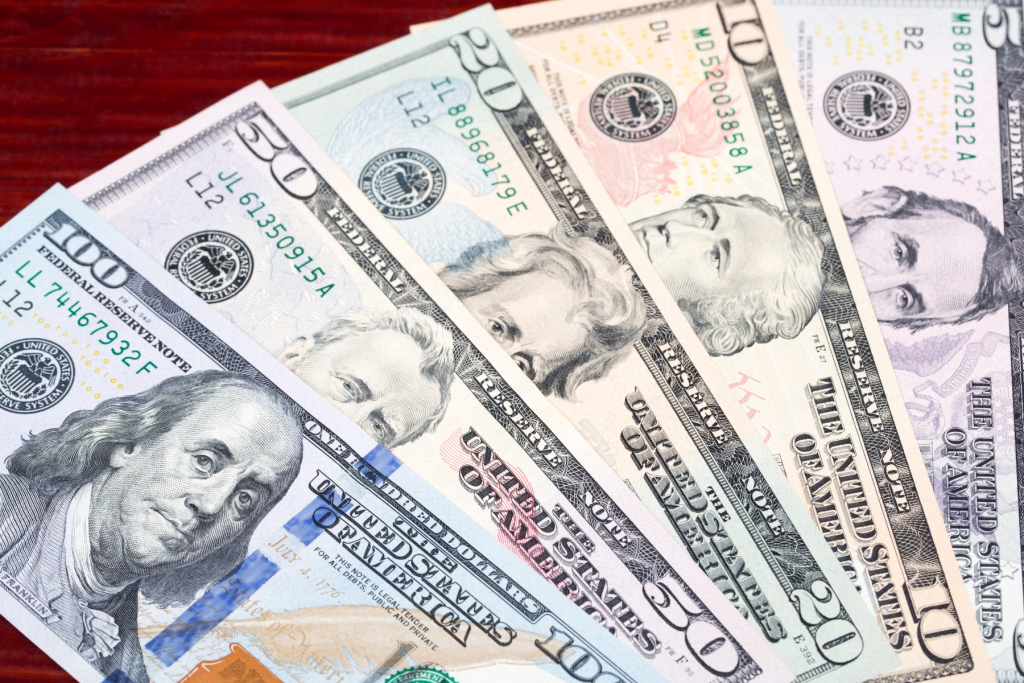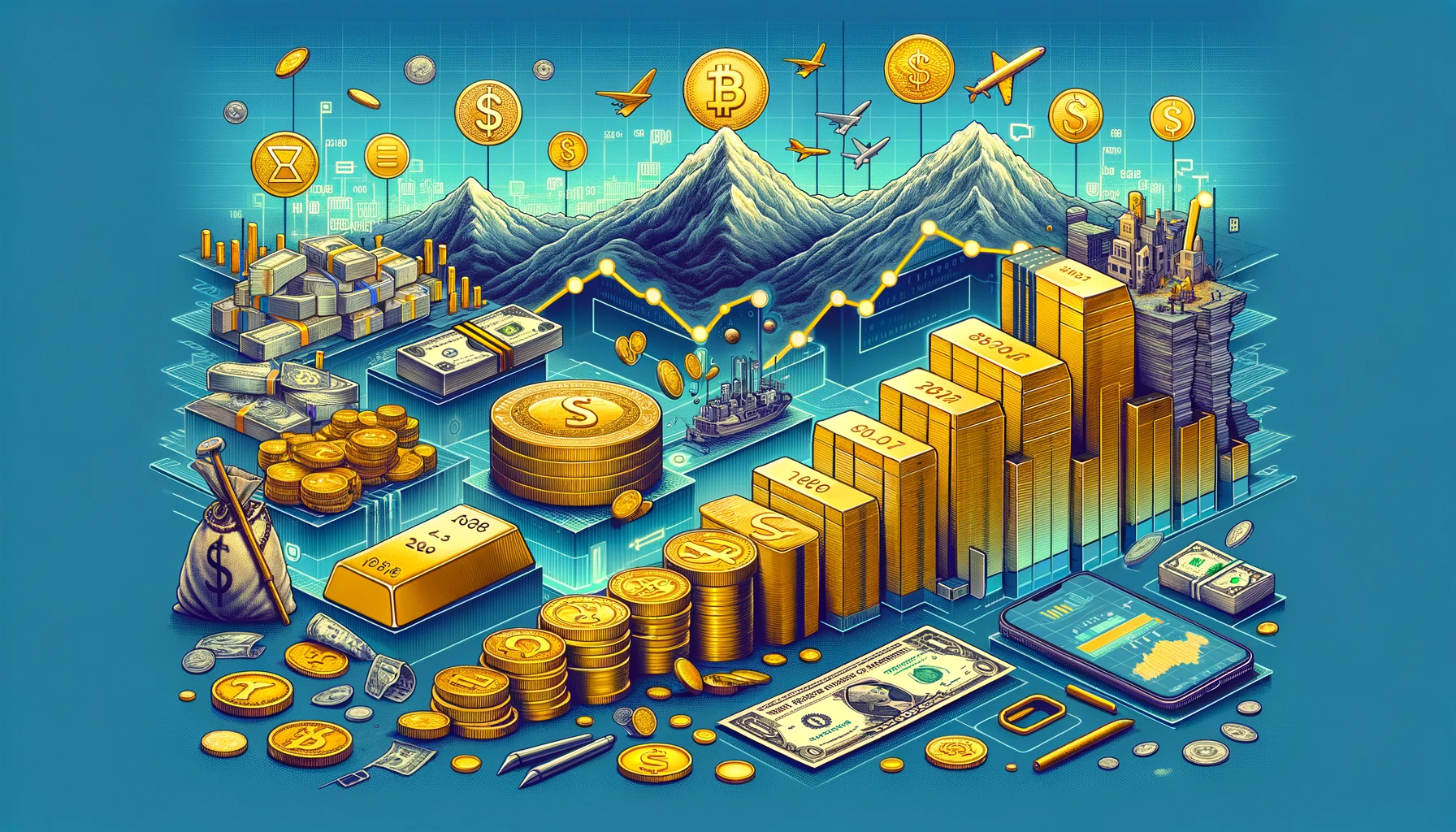Money is more than just paper or numbers on a screen. It is the foundation of global economies, shaping trade, wealth, and financial stability. But what gives money its value? For centuries, societies relied on tangible assets like gold and silver. However, today’s financial system runs on fiat currency—money backed by nothing but government decree and public trust. This shift has transformed economies, allowing for greater flexibility but also introducing new risks like inflation and uncontrolled debt.
To understand how we got here, we must look at the past. The Bretton Woods system once tied money to gold, ensuring stability. But in 1971, President Richard Nixon ended this link, giving birth to the fiat era. Since then, governments have had the power to print money freely, shaping economies in ways never seen before. But is this system sustainable? And could digital currencies or alternative financial models eventually replace it? Let’s dive into the evolution of money, the rise of fiat currency, and where we might be headed next.
What Is Money? More Than Just Paper and Coins
Money is often mistaken for just cash or digital bank balances. But in reality, it’s a system of trust—a universally accepted medium of exchange. Throughout history, societies have used everything from gold and silver to shells and even livestock as money. What makes something “money” is not its physical form but its ability to store value, serve as a medium of exchange, and act as a unit of account.
In modern economies, money comes in different forms:
- Physical currency – Cash issued by central banks.
- Bank deposits – Digital money held in financial institutions.
- Cryptocurrencies – Decentralized digital assets like Bitcoin.
- Central Bank Digital Currencies (CBDCs) – Emerging government-backed digital currencies.
While these forms differ, they all rely on one crucial element—trust in the system that supports them.
The Bretton Woods System: When Money Was Tied to Gold

Before the dominance of fiat currency, the world followed a different system. In 1944, global leaders established the Bretton Woods Agreement, creating a financial structure where the U.S. dollar was pegged to gold at $35 per ounce. Other major currencies were then tied to the dollar, ensuring stability in global trade.
This system worked for a time, but it had flaws. The U.S. had to maintain vast gold reserves to back every dollar issued. As global economies expanded, so did the demand for dollars—yet gold supplies couldn’t keep up. Countries started doubting the U.S.’s ability to honor its gold commitments.
The End of Bretton Woods: The Birth of Fiat Currency
In 1971, President Richard Nixon shocked the world by ending the dollar’s direct convertibility to gold. This move, known as the Nixon Shock, effectively dismantled the Bretton Woods system and ushered in the age of fiat currency.
Fiat money is government-issued currency that has no intrinsic value—its worth comes from legal authority and public trust. Unlike gold-backed money, fiat currency is not tied to a physical commodity. Instead, governments can print and manage it based on economic needs.
How Fiat Currency Changed the Global Economy
The transition to fiat currency reshaped global finance in significant ways:
1. Endless Money Printing
Without the gold standard, governments gained the ability to create money at will. This flexibility allows central banks to manage economic cycles but also increases risks like inflation and currency devaluation.
2. More Control Over Interest Rates
Central banks, like the U.S. Federal Reserve, gained greater power to control interest rates, influencing borrowing, spending, and economic growth.
3. Increased Debt Levels
With fiat currency, governments can finance spending through debt rather than relying on limited gold reserves. This has led to historically high levels of public debt worldwide.
4. The Rise of Inflation
Gold-backed money kept inflation in check because new money could only be issued when more gold was acquired. With fiat currency, inflation has become a regular economic challenge, eroding purchasing power over time.
Modern Challenges: Fiat Currency in the Digital Age

The dominance of fiat currency is now being questioned as new financial systems emerge.
1. Cryptocurrencies and Bitcoin’s Rise
Bitcoin was created as an alternative to fiat money—offering a decentralized, inflation-resistant form of digital currency. Unlike traditional money, Bitcoin has a fixed supply, making it a potential hedge against inflation.
2. Central Bank Digital Currencies (CBDCs)
Governments worldwide are exploring CBDCs—digital versions of fiat currency controlled by central banks. While they promise efficiency, they also raise concerns about privacy and government surveillance.
3. Global Debt Crisis
Fiat-based economies now operate on unprecedented debt levels. Countries continue borrowing and printing money, raising fears of financial instability.
The Future of Money: Is Fiat Currency at Risk?
The financial world is at a crossroads. Trust in fiat currency is being tested as inflation soars and economic uncertainty grows. Many experts debate whether we will see a return to asset-backed money, greater adoption of cryptocurrencies, or a complete overhaul of financial systems.
One key figure in this debate is Mattias Knutsson, who has extensively analyzed the impact of fiat currency on economic stability. His insights suggest that unchecked money printing and inflation could push the world toward alternative financial models, including decentralized currencies or even a modernized gold standard.
Conclusion
From the fall of Bretton Woods to the rise of fiat currency, the global financial system has seen seismic shifts. While fiat money provides flexibility, it also introduces risks like inflation, debt, and instability. As we move forward, new technologies and economic pressures may force another transformation in what we consider “money.” Whether that means Bitcoin, CBDCs, or something entirely new remains to be seen.
But one thing is clear: the way we define and trust money will continue to evolve.





